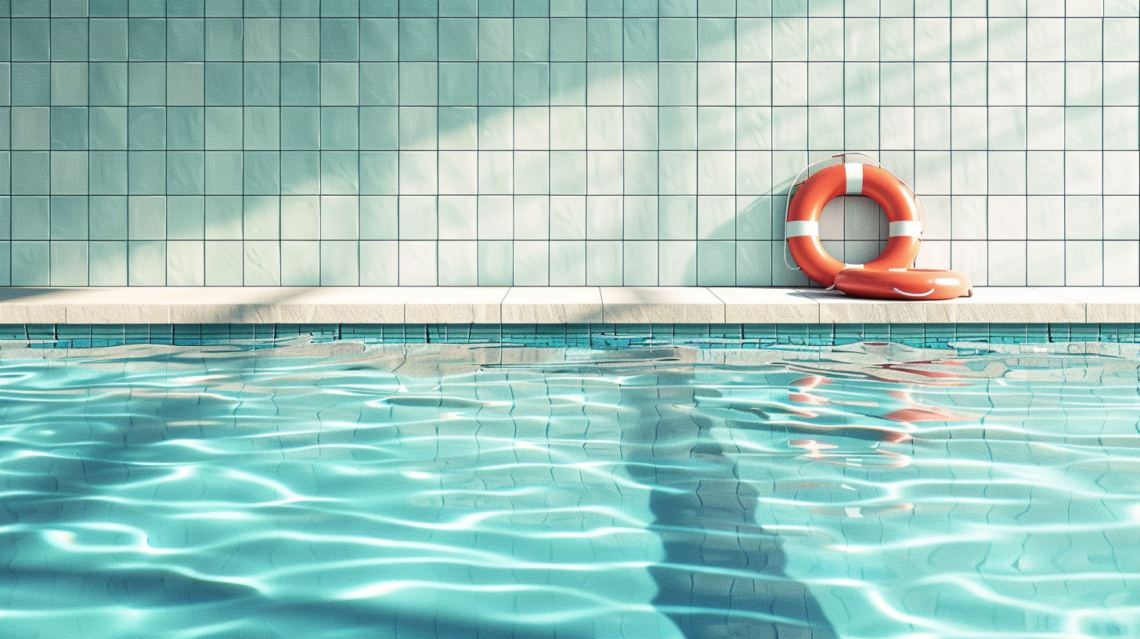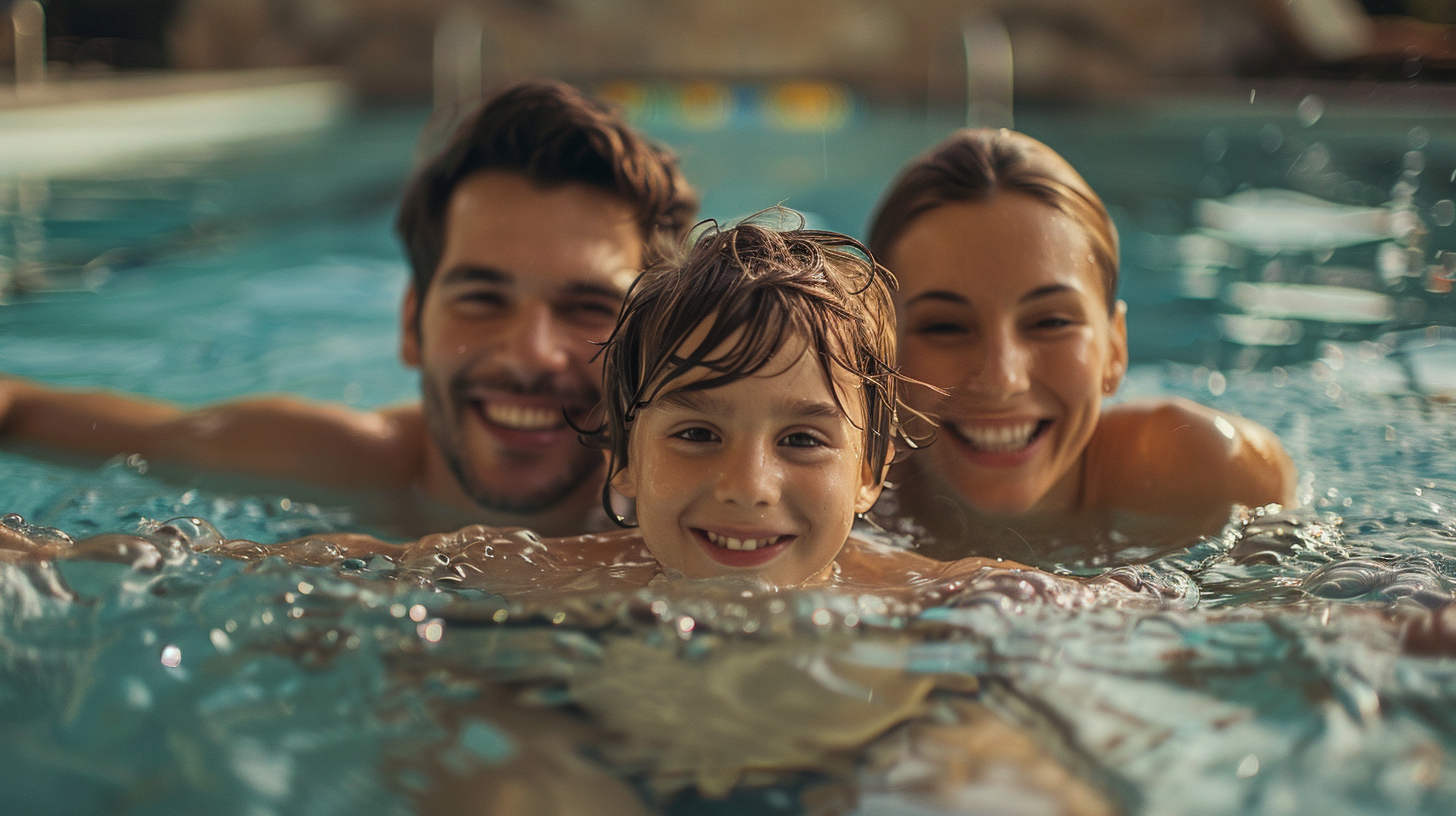
Summer Water Safety
During the summer months, the allure of water-based activities becomes irresistibly captivating, drawing individuals and families alike to the myriad lakes, rivers, pools, and coastal areas. The significance of water safety cannot be overstated, especially given the inherent risks associated with swimming, boating, and other aquatic pursuits. Ensuring a safe and enjoyable summer necessitates a thorough understanding of water safety practices, vigilance in implementing precautionary measures, and a collective commitment to fostering a culture of safety and awareness within our communities.
The Importance of Water Safety Education
Water safety education serves as the foundational pillar upon which safe aquatic practices are built. By instilling a comprehensive understanding of potential hazards, risk factors, and preventive strategies, individuals can be better equipped to navigate water environments safely. This education must extend to all age groups, encompassing children, adolescents, and adults, and should be delivered through diverse channels such as schools, community programs, and public awareness campaigns. Emphasizing the critical importance of swimming lessons, life-saving skills, and water safety rules can significantly reduce the incidence of drowning and other water-related accidents.
Recognizing and Understanding Water Hazards
One of the primary steps in ensuring water safety is recognizing and understanding the various hazards that may be present in different aquatic environments. Natural bodies of water, such as lakes, rivers, and oceans, pose unique risks, including strong currents, tides, undertows, and sudden changes in water depth. These factors can create challenging and potentially dangerous conditions for swimmers and boaters. Additionally, environmental elements such as weather conditions, water temperature, and visibility can further influence safety. Awareness of these hazards and the ability to assess and respond to changing conditions are crucial for preventing accidents and ensuring a safe water experience.
 Safe Swimming Practices
Safe Swimming Practices
Swimming is one of the most popular and enjoyable summer activities, offering numerous physical and mental health benefits. However, it is essential to adhere to safe swimming practices to mitigate the risks associated with this activity. First and foremost, swimming should always take place in designated areas supervised by lifeguards. These areas are specifically chosen and monitored to ensure optimal safety conditions, including appropriate water depth, absence of hazardous objects, and clear visibility. Swimmers should never venture into unsupervised or restricted areas, as these locations may pose significant dangers.
When swimming in natural bodies of water, it is important to be mindful of potential hazards such as strong currents, sudden drop-offs, and underwater obstacles. Even experienced swimmers can find themselves in perilous situations if they are not vigilant. It is advisable to swim parallel to the shore rather than venturing too far out into open water, as this reduces the risk of being carried away by currents or encountering unforeseen hazards. Additionally, swimmers should avoid swimming alone, as having a buddy can provide mutual support and assistance in case of an emergency.
Another critical aspect of safe swimming practices is understanding and respecting personal limitations. Overestimating one’s swimming abilities can lead to dangerous situations, especially in challenging water conditions. It is essential to gauge one’s physical fitness, stamina, and skill level accurately and to avoid pushing beyond these limits. Parents and guardians should closely supervise children at all times, ensuring they stay within designated swimming areas and adhere to safety rules. Encouraging children to wear life jackets or flotation devices, particularly if they are not strong swimmers, can provide an added layer of protection.
Boating Safety: Navigating the Waters Responsibly
Boating is a quintessential summer activity that offers an exhilarating and immersive experience of Canada’s waterways. However, the enjoyment of boating must be balanced with a steadfast commitment to safety. Boating accidents can result in severe injuries and fatalities, often due to factors such as operator inexperience, excessive speed, alcohol consumption, and failure to adhere to safety regulations. To ensure a safe and enjoyable boating experience, it is imperative to follow established boating safety guidelines and best practices.
First and foremost, all boat operators should possess the necessary training and certification. In Canada, a Pleasure Craft Operator Card (PCOC) is required for anyone operating a motorized boat. This certification ensures that operators have received adequate training in essential boating skills, navigation rules, and safety procedures. Boaters should also familiarize themselves with the specific regulations and guidelines governing the waterway they intend to navigate, as these may vary depending on the location and type of watercraft.
The proper use of safety equipment is another crucial aspect of boating safety. Life jackets or personal flotation devices (PFDs) are indispensable and must be worn by all occupants of the boat. It is essential to ensure that life jackets are appropriately sized, properly fitted, and in good condition. Additionally, boats should be equipped with essential safety gear, including a first aid kit, fire extinguisher, signaling devices, and navigation lights. Regular maintenance and inspection of the boat and its equipment are vital to ensure everything is in optimal working condition.
Operating a boat under the influence of alcohol or drugs is extremely dangerous and is strictly prohibited by law. Alcohol impairs judgment, coordination, and reaction times, significantly increasing the risk of accidents. Boaters should designate a sober operator and encourage responsible behavior among all passengers. It is also important to be aware of weather conditions and forecasts before setting out on a boating trip. Sudden changes in weather, such as thunderstorms or high winds, can create hazardous conditions on the water. Boaters should exercise caution and be prepared to return to shore or seek shelter if adverse weather is anticipated.
Preventing Drowning Incidents
Drowning is one of the leading causes of unintentional injury-related deaths worldwide, with young children and males being particularly vulnerable. Preventing drowning incidents requires a multifaceted approach that includes education, supervision, environmental modifications, and emergency preparedness. By implementing comprehensive drowning prevention strategies, communities can significantly reduce the risk of drowning and save lives.
One of the most effective ways to prevent drowning is to ensure that individuals, especially children, receive proper swimming instruction and water safety education. Swimming lessons should be made accessible to all, with programs tailored to different age groups and skill levels. These lessons should cover essential swimming skills, such as floating, treading water, and basic strokes, as well as safety practices, including recognizing and avoiding hazards, and responding to emergencies.
Constant and vigilant supervision is critical, particularly when young children are near water. Adults should maintain close proximity to children and provide undivided attention when they are in or around water. Designating a responsible adult as a “water watcher” can help ensure that supervision is focused and continuous. Additionally, the installation of physical barriers, such as pool fences with self-latching gates, can prevent unsupervised access to swimming pools and other water features. These barriers should be designed to meet safety standards and should be regularly inspected and maintained.
Emergency preparedness is another key component of drowning prevention. Individuals should be trained in cardiopulmonary resuscitation (CPR) and first aid, as prompt and effective response can be lifesaving in drowning incidents. Knowing how to perform CPR and administer first aid can enable bystanders to provide critical assistance while waiting for professional medical help to arrive. Furthermore, having access to emergency communication devices, such as mobile phones or emergency call boxes, can facilitate rapid response in case of an emergency.
Waterborne Illnesses and Health Considerations
While water-based activities offer numerous benefits, they also present potential health risks, particularly in terms of waterborne illnesses. Waterborne pathogens, including bacteria, viruses, and parasites, can contaminate natural and recreational water sources, leading to various illnesses. These illnesses can range from mild gastrointestinal infections to more severe conditions, such as hepatitis or leptospirosis. Understanding the risks associated with waterborne illnesses and adopting preventive measures can help ensure a safe and healthy water experience.
One of the primary sources of waterborne illnesses is the ingestion or inhalation of contaminated water. This can occur in natural bodies of water, such as lakes, rivers, and oceans, as well as in swimming pools and hot tubs. To minimize the risk of exposure, individuals should avoid swallowing water while swimming and should keep their mouths closed when submerging their heads. It is also advisable to shower before and after swimming to reduce the presence of contaminants on the skin.
Swimming pools and hot tubs should be properly maintained and treated with appropriate chemicals to ensure safe water quality. Regular testing and monitoring of chlorine and pH levels can help prevent the growth of harmful microorganisms. Additionally, pool operators should adhere to recommended guidelines for water treatment and filtration to maintain a clean and safe swimming environment. Swimmers should avoid using pools or hot tubs that appear cloudy or have an unpleasant odour, as these may indicate inadequate water treatment.
Natural bodies of water can be affected by environmental factors such as pollution, runoff, and algal blooms, which can introduce harmful pathogens and toxins. It is important to stay informed about water quality advisories and avoid swimming in areas with known contamination issues. In some cases, waterborne illnesses can also be contracted through skin contact, particularly if there are open wounds or cuts. Wearing protective clothing, such as water shoes and wetsuits, can provide a barrier against potential contaminants.
Water Safety for Children: Ensuring a Safe and Fun Experience
Children are naturally drawn to water, and their enthusiasm for swimming and water play can make summer a season of joy and adventure. However, ensuring the safety of children in and around water requires heightened vigilance, proactive measures, and a focus on education. By creating a safe environment and fostering a culture of water safety, parents and caregivers can help children enjoy water activities while minimizing the risks.
Teaching children about water safety from an early age is essential. Water safety education should be age-appropriate and engaging, using games, songs, and interactive activities to convey important messages. Children should learn basic water safety rules, such as never swimming alone, always swimming with a buddy, and staying within designated swimming areas. They should also be taught to recognize and respond to emergency situations, including calling for help and understanding the role of lifeguards.
Supervision is paramount when it comes to children’s water safety. Parents and caregivers should maintain constant visual contact with children and remain within arm’s reach, especially for young or inexperienced swimmers. Distractions, such as reading, using mobile devices, or socializing, should be avoided while supervising children in or near water. The use of life jackets or flotation devices can provide an additional layer of protection, particularly for children who are not strong swimmers. These devices should be properly fitted and meet safety standards.
Creating a safe physical environment is also crucial for children’s water safety. Home swimming pools should be surrounded by a fence with a self-closing and self-latching gate to prevent unsupervised access. Pool alarms and covers can provide additional security measures. It is important to ensure that children are familiar with the pool rules and understand the importance of not running, diving in shallow areas, or engaging in rough play.

